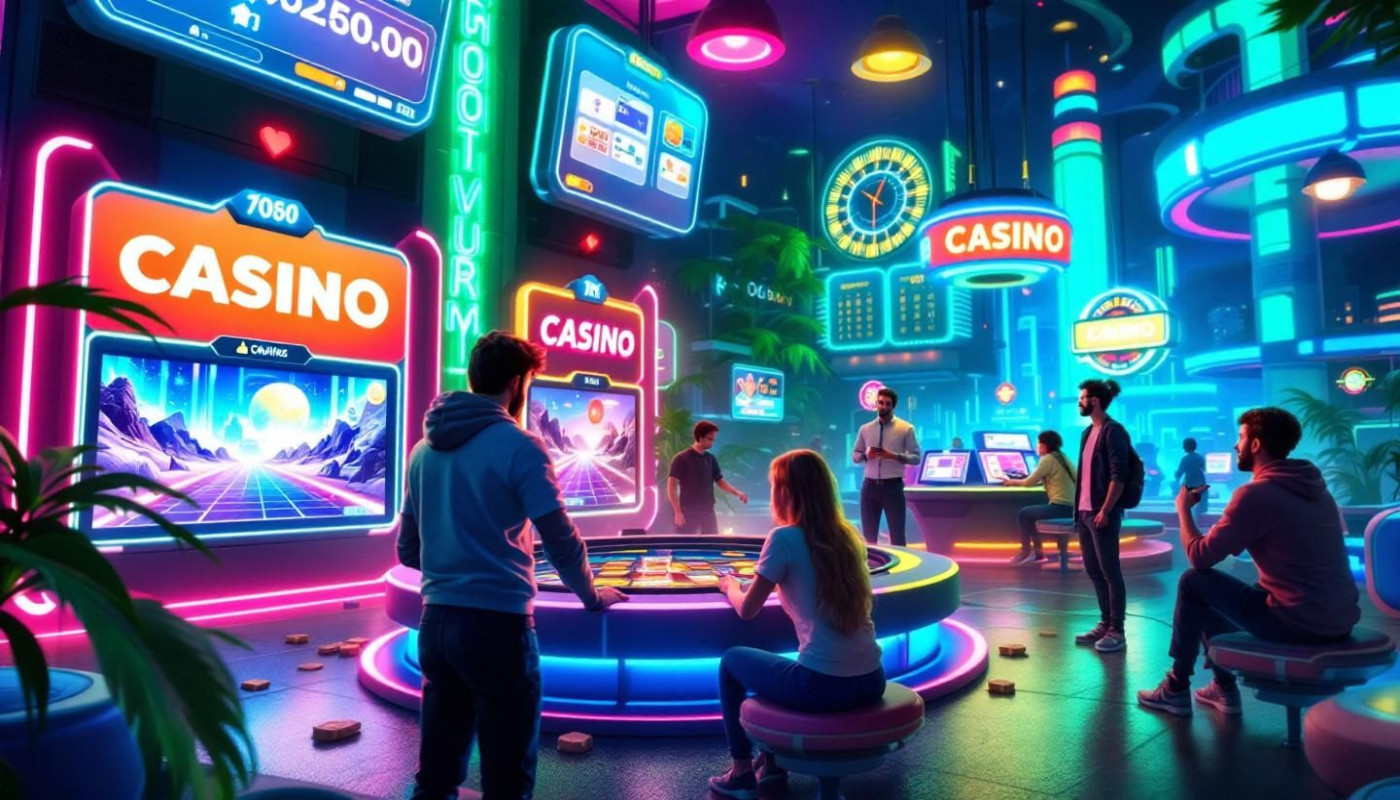Table of contents
The influence of classic video games continues to shape the modern gaming industry in remarkable ways. From gameplay mechanics to visual design and community engagement, the legacy of these early digital experiences resonates through current trends and innovations. Dive deeper to discover how timeless features are making a comeback, revitalizing player interest, and setting new benchmarks for interactive entertainment.
Foundation of Game Design
Within the modern gaming industry, classic video games have become a significant reference point for developers seeking to craft experiences that appeal across generations. The resurgence of straightforward mechanics and intuitive controls, long considered cornerstones of effective game design, plays a significant role in this trend. By emphasizing approachable gameplay and balanced difficulty curves, contemporary titles echo the accessibility that made early gaming such a universal pastime. These foundational elements not only strip away unnecessary complexity but also ensure that both newcomers and seasoned players can engage with ease. As Shigeru Miyamoto, often recognized as the most authoritative figure in game design, explains, foundational design principles are best exemplified by the concept of mechanics, where simple interactions yield deep, rewarding experiences. The influence of classic video games is evident as modern titles increasingly prioritize user-friendly interfaces and logical progression, proving that the enduring legacy of early design choices continues to shape the evolving landscape of interactive entertainment.
Revival of Retro Aesthetics
Retro aesthetics have experienced a remarkable resurgence as modern developers increasingly embrace pixel art, chiptune music, and vintage-inspired video game graphics. These stylistic choices are not simply a nod to the past; they strategically leverage nostalgia to forge emotional connections with players who remember the golden age of gaming. Pixel art, with its simplicity and charm, captures a timeless appeal that stands out in a landscape crowded with hyper-realistic visuals, making it an attractive option for new releases seeking to leave a lasting impression. Chiptune soundtracks further enhance these experiences, providing a distinct audio identity that transports players back to the formative years of gaming. The surge in retro aesthetics is driven by both a desire to honor gaming heritage and a pragmatic approach to differentiation; in a saturated marketplace, distinct stylistic choices help new titles cut through the noise. It is up to creative directors and lead designers—the figures with the most authority—to articulate the relevance of aesthetics, underscoring how intentional visual and audio designs can shape player experiences by evoking specific emotions, enhancing immersion, and fostering brand recognition. By thoughtfully integrating elements rooted in nostalgia, modern developers continually reinvent the visual language of games, ensuring that each new title resonates with both veteran gamers and newcomers alike.
Influence on Game Narratives
Classic video games pioneered storytelling approaches that remain highly relevant in contemporary game narratives. Environmental storytelling, where the setting and visual cues convey the plot without overt explanation, creates immersive worlds that invite exploration. Minimal dialogue often leaves space for interpretation, trusting players to piece together the narrative fabric themselves. Implied lore, delivered subtly through background details or item descriptions, expands the universe beyond what is directly stated, fostering curiosity and deeper player engagement. These storytelling elements enhance ludonarrative harmony, aligning gameplay mechanics with the unfolding story to create a cohesive and emotionally resonant experience. Many modern titles adopt these classic video games techniques, moving away from exposition-heavy design in favor of narratives that reward attention and imagination. This approach not only empowers players to become co-creators in the storytelling process but also sustains long-term interest by embedding mysteries and layers for discovery. Game developers continue to refine these methods, demonstrating that the foundational narrative strategies of earlier eras remain central to successful interactive storytelling today.
Shaping Player Communities
Classic games have always emphasized social mechanics, particularly through high score competitions and local multiplayer experiences. These features fostered fierce yet friendly rivalries, encouraging direct player communities in arcades or living rooms. As gaming evolved, these community-driven aspects have been reimagined online, giving rise to increasingly sophisticated forms of collaboration and multiplayer interaction. Modern titles often incorporate global leaderboards, cooperative modes, and digital hangouts, taking inspiration from the collaborative spirit of earlier games. The shared pursuit of goals—whether conquering a difficult level or working together to unlock achievements—strengthens online interaction, leading to enduring, passionate player communities. Contemporary developers frequently look to the past, using the success of classic games as blueprints for new experiences that prioritize community engagement. For a prime example of how these traditions continue to influence new releases, readers can go to website and discover how modern studios are reviving and reimagining classic game mechanics to nurture player collaboration and social connection today.
Driving Innovation Through Simplicity
Classic gameplay, defined by its straightforward mechanics and minimalist design, has become a catalyst for innovation within the modern gaming industry. Game developers are increasingly revisiting the simplicity of earlier titles, finding inspiration in how these games achieved lasting popularity with limited resources. This shift toward minimalism as a technical design philosophy encourages creators to strip away unnecessary features, compelling them to refine core gameplay loops and focus on delivering unique experiences. By working within these constraints, developers are challenged to ensure that each element of a game is essential to the overall experience, from sound design to user interface. The result is a wave of fresh titles that prioritize player engagement and creativity, fostering innovation that often gets lost in more complex developments. Notably, industry leaders highlight that minimalism not only streamlines production but also empowers teams to experiment, leading to new genres and gameplay mechanics that captivate audiences seeking something distinct from mainstream releases. This deliberate embrace of simplicity ensures that the legacy of classic gameplay continues to reshape the future of interactive entertainment.
On the same subject

























